Half-closed eyes show a state of meditation: looking outward and inward. Elongated earlobes hear what's needed in the world. Mudras have different meanings, such as teaching or protection. Some other symbols: A dot on the forehead brings wisdom and a third eye to see unity. A full mouth indicates eloquent speech. Long arms signify generosity. White, slender fingers symbolize mindfulness, precision and purity in every act. Round heels represent an even temperament, and fine webs between toes and fingers signal interconnectedness.
You need not consider yourself a Buddhist to procure a likeness of the Buddha for your home or place of business. The Buddha is recognized as a symbol of peace of mind. A glimpse of the sublime Buddha, with his eyes gently closed and his lips curved into a subtle smile, may provide inspiration to deepen your own practice of inner peace.
Text References:
What Does a Buddha Statue Represent?
Los Angeles Times; Buddha statues have meaning from head to toe; Janet Eastman
Significance of Buddha Statues for your Home
Along with this beautiful note, I have a few peace-loving rooms showcasing Buddha statues to share on this page.
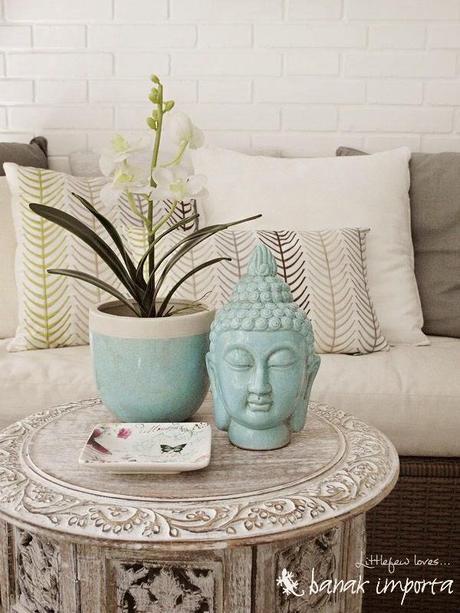 via: littlefew.blogspot.com
via: littlefew.blogspot.com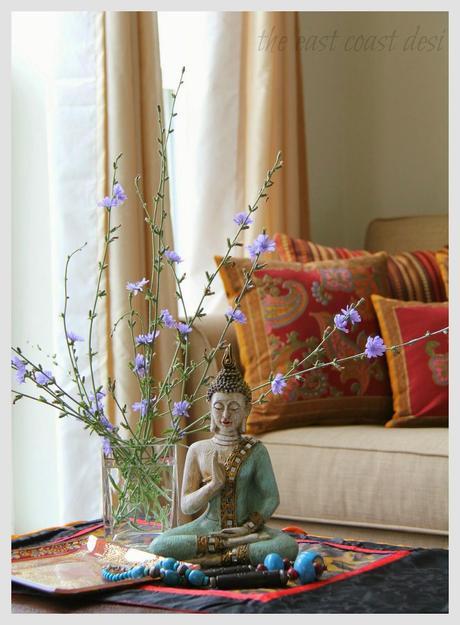 via: theeastcoastdesi.blogspot.com
via: theeastcoastdesi.blogspot.com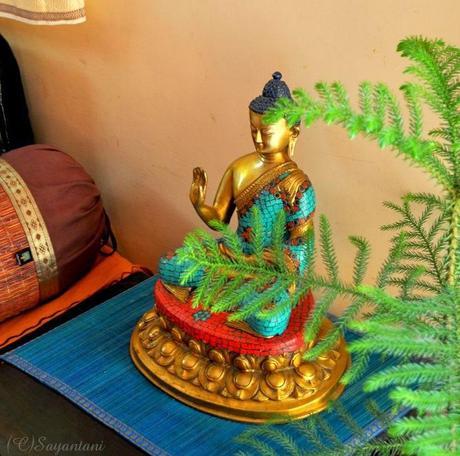 via: coloursdekor.blogspot.in
via: coloursdekor.blogspot.in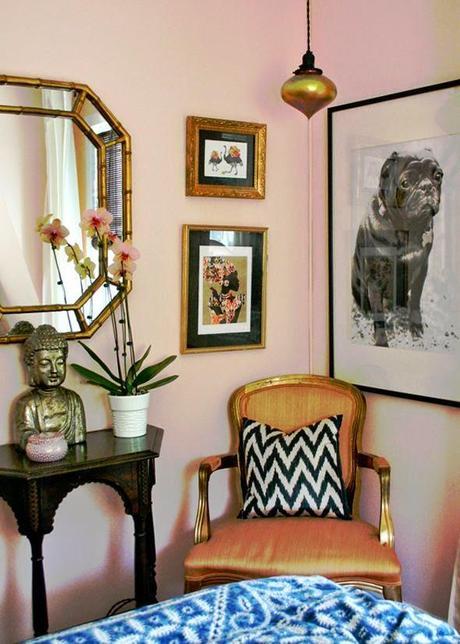 via: pinterest
via: pinterest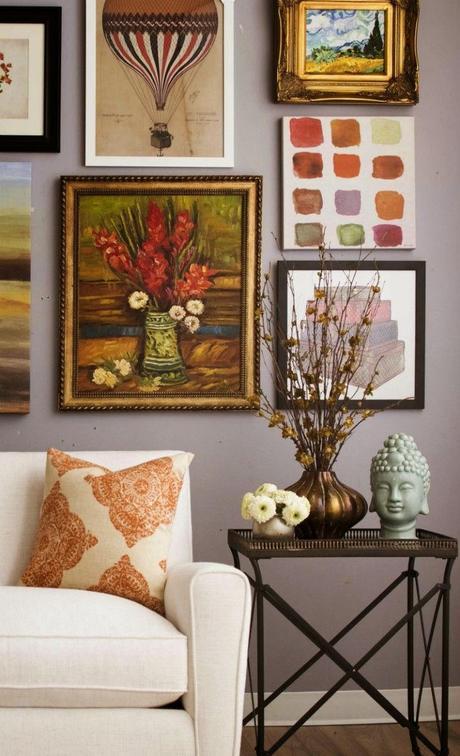 via: pinterest
via: pinterest via: acupofheaven.blogspot.fr
via: acupofheaven.blogspot.fr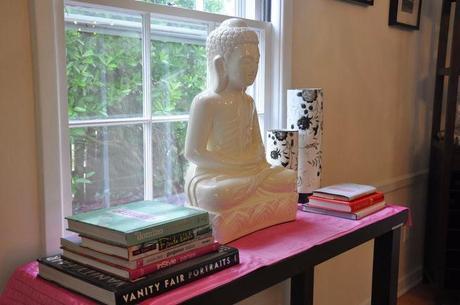 via: http://myfriendbettysays.com/coffee-table-books/
via: http://myfriendbettysays.com/coffee-table-books/ via: mydreamcanvas.blogspot.com
via: mydreamcanvas.blogspot.com via: My home
via: My home via: decorpad
via: decorpad
